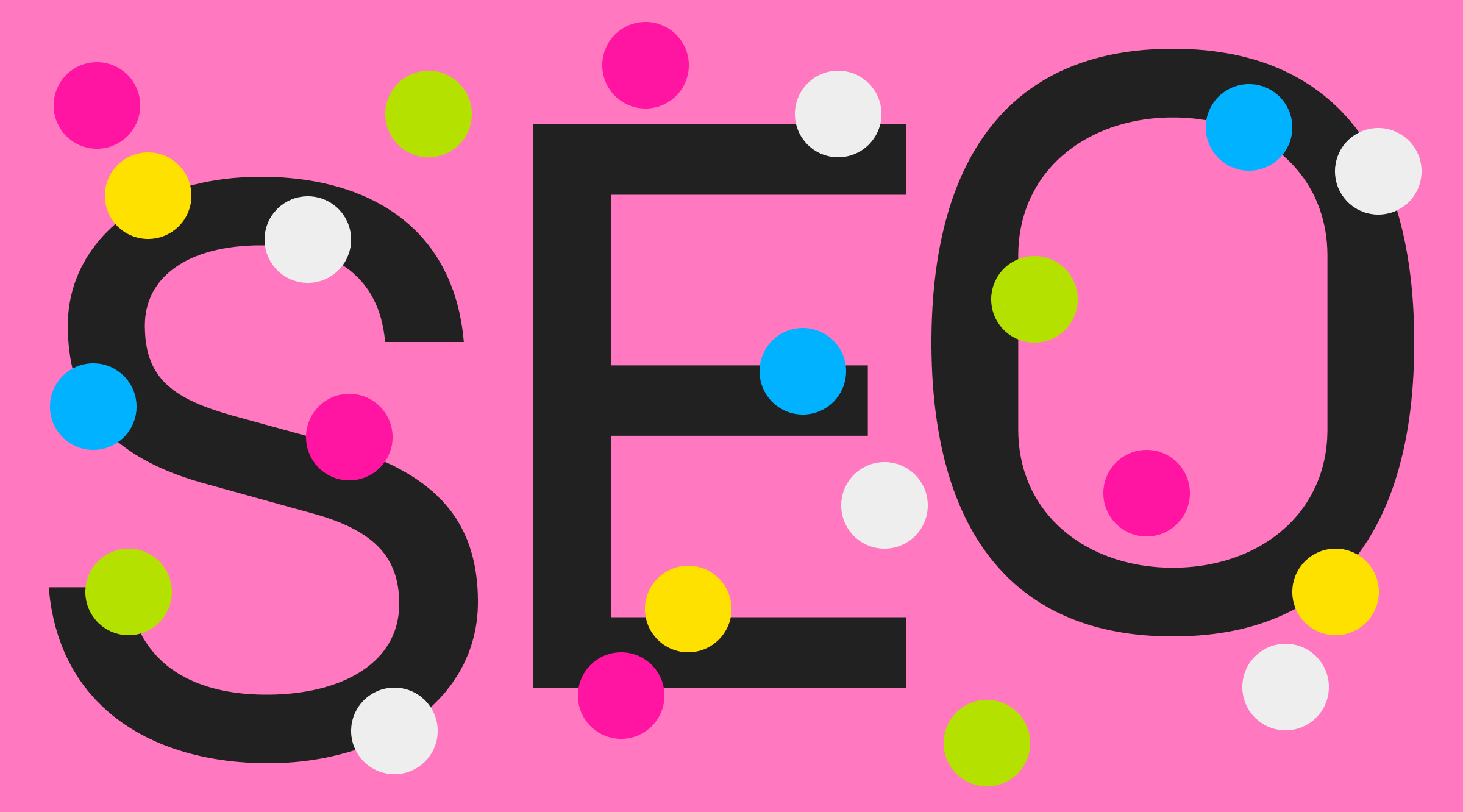SEO for designers: 5 tricks to boost your online presence
Learn how to optimize websites for Google + a quick checklist.

Organic search is the top traffic source for websites. Yet, with so much competition and new content appearing every day, it's hard to promote your website organically. In this piece, we'll share some simple tips to help your site get noticed and make the most of organic search traffic. This article is based on both our own experiences and SEO strategies from Google.
Create people-first content
When creating content for your website, think about what your visitors really need and make that your priority. Google says the people-first approach is essential for effective SEO. Here are a few simple questions to create content that performs well in searches:
- Does the content answer what the audience is looking for?
- Does it give you useful info that's hard to find elsewhere?
- Is the headline easy to understand and not just clickbait?
- Is the content well-made and detailed?
- Is this something you want to share with others?
Use keywords smartly
Using the right words, or keywords, in the right spots improves your visibility in search results. Here’s how to do it without making your content sound weird:
- Use tools like Google Keyword Planner to discover what your audience is typing into search engines that relate to what you do.
- Once you know your keywords, sprinkle them into your content where they make sense. For example, if "custom logo design" is a popular search term, you might mention it when you talk about your design process.
- Add your keywords to all of the important spots: page titles, headings (like H1 and H2), description, and the first few lines of your pages.
- Use enough keywords to be noticed by search engines but don’t use them so often that your site looks spammy or hard to read. Aim for a keyword density of about 1-2%. This means using your main keyword once or twice every 100 words.
Focus on UX
Search engines value how easy and enjoyable your website is to use. The design, including how things are laid out and how easy it is for people to interact, affects your site's search rankings.
Here are a few simple ways you can make your website user-friendly, which in turn helps your SEO:
- Design your website navigation to help visitors find what they need quickly. Use clear, descriptive labels for navigation links and organize them logically. For example, having a navigation bar with "Home", "Products", "About Us", and "Contact" makes it easy for users to understand where each link will take them.
- Use size, color, and placement smartly to draw attention to key details on your site. For example, you could showcase best-selling products at the top of your page. And if you're looking for a quick start, Readymag offers a variety of templates with well-thought-out layouts that you can use right away.
- Make buttons easy to find and use.
- Keep forms like sign-ups or checkouts as simple as possible. Ask only for essential information to make the process quick and straightforward.
- Improve page load time. Compressing images and choosing a good hosting provider are key steps in website speed optimization.
Emphasize responsive design
Responsive design is one of the key things that help your website rank well in search engines, along with good content and a user-friendly layout. It makes sure your text, images, and other elements adjust themselves to fit the screen, whether it's a big desktop monitor or a small phone screen.
Here just a few important tips to integrate principles of responsive design:
- Switch to a dropdown menu on mobile devices to save space and keep navigation clean.
- Make buttons and links large enough to be easily tapped on touchscreens.
- Use larger font sizes on mobile so users don't need to zoom to read text.
- Build fully responsive forms. No matter what device a user is accessing the form on, it looks and functions appropriately, making it easier for users to complete their tasks.
- From time to time, check your site’s appearance on various devices and browsers. It helps you to spot and fix issues that could affect user experience and search rankings.
Quick checklist before publishing your Readymag website
Here's a simple list to run through before launching your site on Readymag, making sure everything is set up for good search results:
- Check your URL: make sure your URL is clear and descriptive—it tells visitors and search engines what your page is about.
- Set your title: keep your page title short and sweet, under 60 characters, so it shows up nicely in search results.
- Write a description: craft a snappy description that pops up under your title in search results and when shared on social media. Make it catchy to draw people in.
- Pick your keywords: choose relevant keywords that sum up what your page is about, and include them in the title, description, and headings.
- Add image descriptions—alt tags: put in simple descriptions for your images. Web crawlers use them to understand what your content is about.
- Check that SSL is on: SSL security should already be on by default in Readymag, making your site safe and boosting your search ranking.
- Test your links: double-check all your links to make sure they work. Broken links can drop your site lower in search results.
- Make sure everything looks good on the mobile version too.
How about giving Readymag a try for your projects? It's like crafting websites without needing to touch a single line of code.